This year Vilnius University celebrates its 445th anniversary. To mark the occasion, the VU Life Sciences Center (VU LSC) organised two exhibitions, two lectures and a special tour.
The exhibition "Creative Scientists: Secrets of Animal Species" was opened and is on display in the VU LSC foyer at the Museum of Zoology entrance. It was curated by volunteers and staff of the VU Museum of Zoology. According to Dr. Grita Skujienė, the Head of the Museum and a researcher at the Institute of Biosciences of the VU LSC, the exhibition shows the fantasies of various researchers in naming species and interpreting their lifestyles. You can learn what they are in G. Skujienė's story by pre-registering for the exhibition and the museum tour https://www.gmc.vu.lt/en/museum-of-zoology/for-visitors
"Human beings are two-legged with brains", said Carl von Linné, the Swedish naturalist and founder of scientific systematics in 1730. Later, in 1758, in his Systema Natura, he grouped man together with apes and bats and distinguished 6 races: Homo europeus, Homo asiaticus, Homo americanus, Homo afer, Homo monstruosus, Homo pygmaeus ... That is only one of the episodes of this exhibition. Here, the organisers of the exhibition ask us to think about what science is: the fantasies and creativity of researchers, or the mistakes that have had a profound impact on generations.
The exhibition "From the Course Report to the Dissertation" was organised by Dr. Mindaugas Rasimavičius and Rima Briškaitė, researchers at the Institute of Biomedical Sciences of the VU LSC. The exhibition features various final works: course reports, diplomas, dissertations, hand-drawn and visual materials used during the defence of the theses.
Astonishingly, the number of living scientists is around 90% of all scientists who have ever lived. We respect scientists, but we rarely think about the complexity of their journey from drafting a paper or coursework to a dissertation, and how they have evolved in design and structure.
While the VU LSC is hosting a student conference this week, the exhibition will be on display in the lobby of the Center, and later will return to the 1st floor green corridor near the auditoriums.
Dr. M. Rasimavičius and R. Briškaitė have also organised a tour with the poetic title "A Walk in the Garden of Death". Walking and exploring the "garden of death", one can find out what a herbarium is and why it is important, why researchers have been collecting, labeling, and drying plants for more than 500 years. To discover what is hidden in this one of the largest and oldest herbariums in Lithuania - an inexhaustible and ever-changing treasury of science - you can pre-register for a tour by emailing .
Student Scientific Society of Natural Sciences organised a demonstration lecture " Explore Living Nature", introducing enthusiastic and nature loving people and the living treasures of nature. In addition to the introduction, they also showed insect collections, animal skulls and closed ecosystems.
Perhaps the largest number of visitors was welcomed by the lecture "Smart Frogs and Other Secrets of the Jungle" given by Dr. Andrius Pašukonis, a researcher at the Institute of Biosciences of the VU LSC. During this event, the researcher shared his experiences, highlights, and discoveries from his expeditions to study amphibians in the South American rainforest, as well as the diversity of amphibian forms and lifestyles, the peculiarities of their study and the threats they face.
"When you hear about amphibians, most people don't think of the worm-like Caecilians that live underground, or the colorful tree frogs that look after their children. There are only 13 species of amphibians in Lithuania, but over 8,000 worldwide, and their greatest diversity is found in the warm and humid rainforests," said A. Pašukonis.
Let's congratulate Alma Mater Vilnensis with an everlasting birthday gift by donating a symbolic amount of EUR 4,45 to a smartly operating VU endowment fund online: https://vuf.lt/en/
By smartly investing and earning a return, the value of your donation will constantly grow and thus will benefit Vilnius University eternally. Return on investment is used to finance VU's scientific talent, and reinvested.
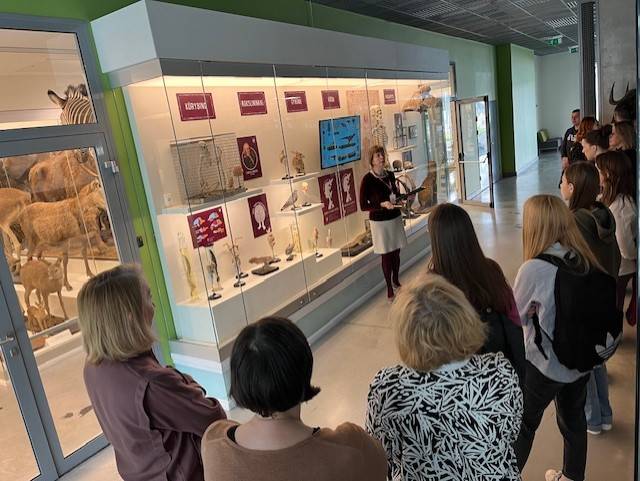 |
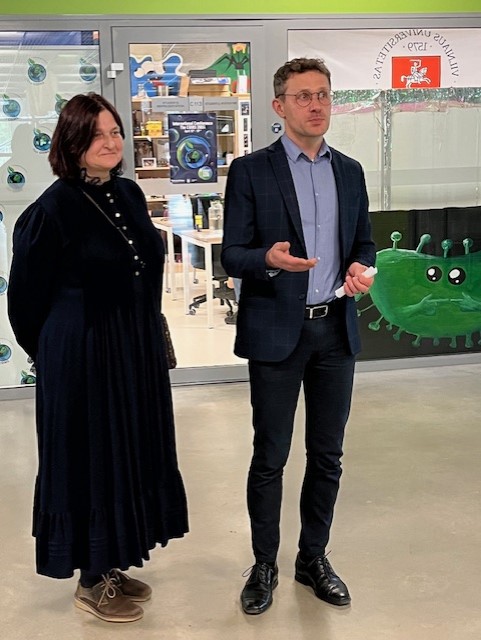 |
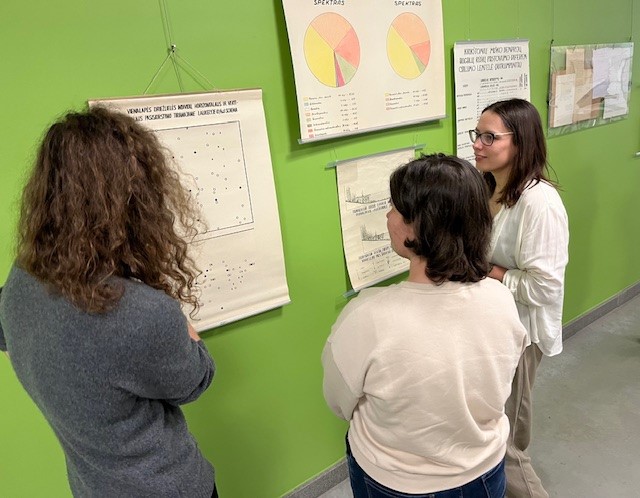 |
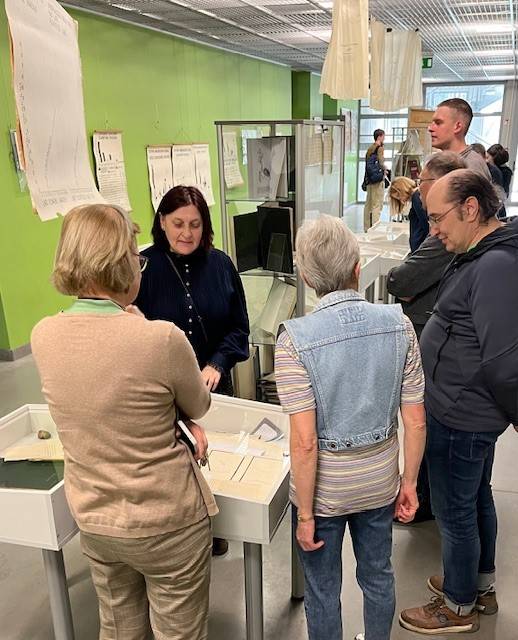 |
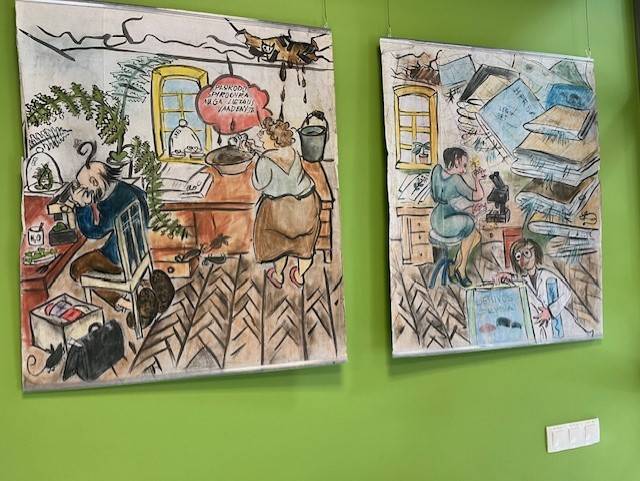 |
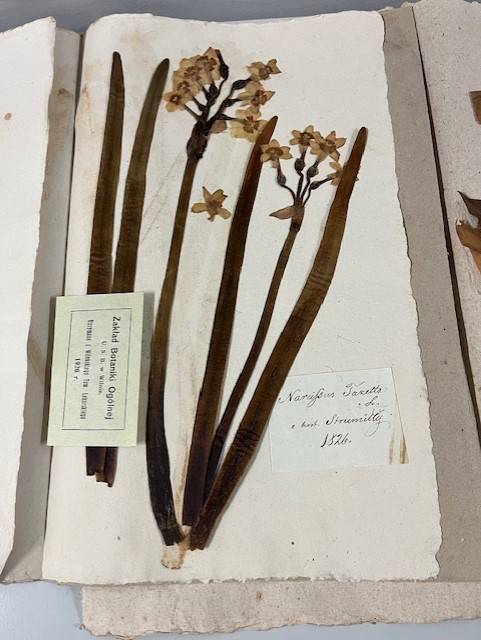 |
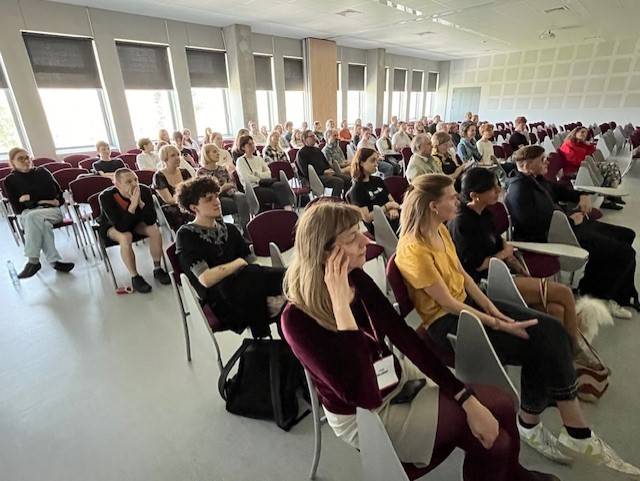 |
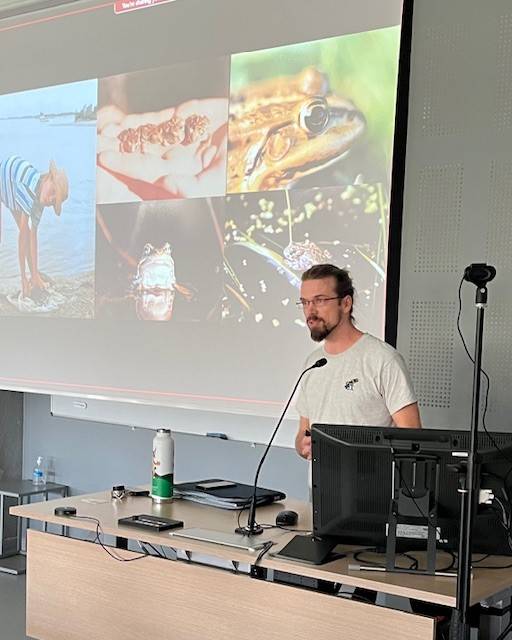 |
Photo credits: VU LSC archive
